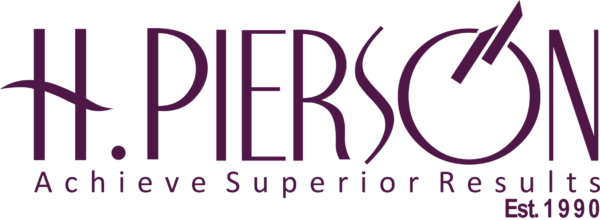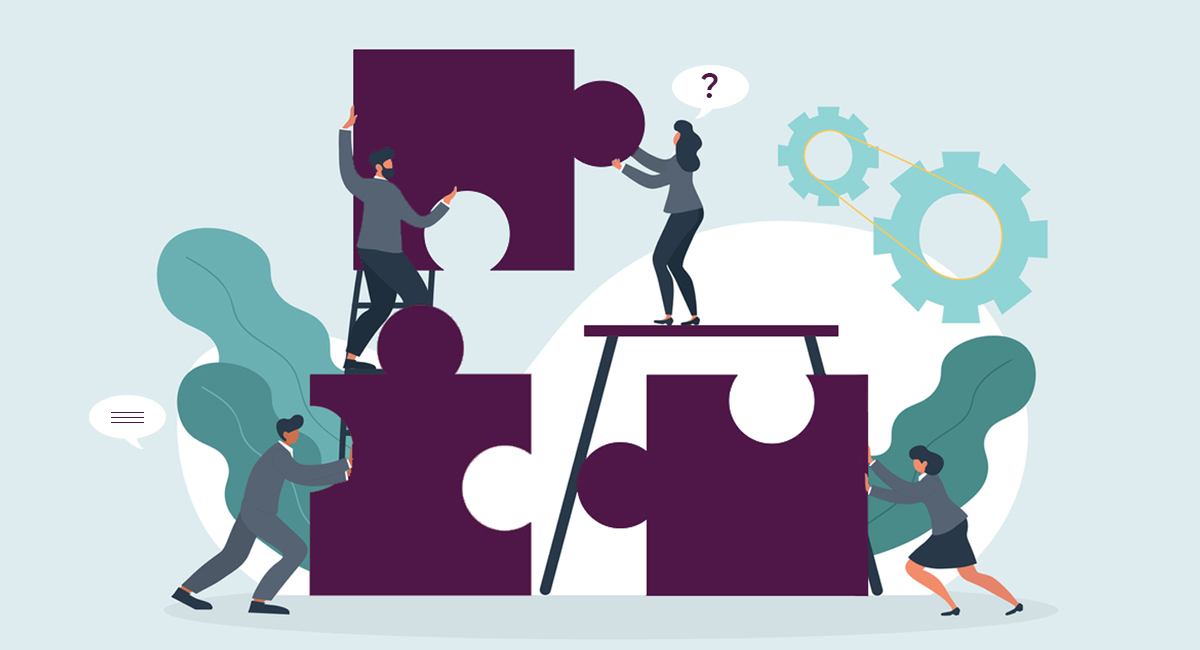A New Way to Employee Engagement
June 10, 2022 0Human Resources
“Dispirited, unmotivated, unappreciated workers cannot compete in a highly competitive world, to win in the marketplace you must first win in the workplace” Stephen. R. Covey
Employee engagement is fast becoming a prominent success factor in the current highly competitive marketplace. High and appropriate levels of engagements are important elements for the retention of talent, fostering employee loyalty, and improving employee motivation and organisational performance. Because employees’ engagement needs vary, taking a one-size-fits-all approach to employee experience will often mean you are not able to effectively identify and address issues that may be crucial, to the detriment and risk of employee productivity, and retention. Employee engagement strategies are best streamlined along the employee life cycle of onboarding, initial development, ongoing development, retention, and separation.
Onboarding (0 – 3months) is the process of integrating a new hire into an organisation, its vision, mission, core values, structure, and culture. It involves making available necessary support for the new hire to be productive, as simple as car park notice for employees, or how to access and retrieve stored documents. Onboarding is often interchanged or mixed with orientation. While Orientation is important for completing routine processes and paperwork, onboarding is a comprehensive process involving management and other employees which sometimes can last more than three (3) months. If properly implemented, it is an effective employee engagement strategy capable of positively impacting employee retention within the organisation and new hire’s productivity. However excited people are to start a new job, there will be concerns about meeting the expectations of their bosses, fitting in with other team members, and figuring out how their job will contribute to the success of the organization. Onboarding is a prime opportunity for employers to assist new hires with their concerns, and ensure they settle in easily.
Initial Development (3-24months) entails new employees establishing themselves in the organisation. Their focus shifts from developing the skills required to mastering their job functions. This creates a perfect time to speak with employees about their career ambitions and outline a clear growth plan. Initial Development is all about investing in your employees, which will ensure that people are able to meet the demands of their job and excel in the long term. For aspirants into more senior positions, it’s a way to provide the skills and training that will set them up for future success. Various and relevant developmental programs, as well as well-articulated mentorship programs, are usually impactful. Investing in employees is beyond building future assets for the organisation. Asides from helping employees to achieve their personal and professional ambitions, there will be a higher commitment on the job as well as loyalty to the organisation from the employee.
Ongoing Development and Retention (24 months & above) is about helping employees to develop the skills to master their job role, Ongoing Development and keeping employees engaged. By the time employees have reached this phase, reasonable investment would have been channelled into their progress, to have become key knowledge-holders within their function. Employees that have been retained this long, are a valuable pool of talent for leadership positions. They have market expertise, along with an intimate understanding of how the organisation works, its systems, culture, and people.
Separation occurs when employees decide to move on from an organisation. For some, reasons will be unrelated to negative experiences, they may have thoroughly enjoyed their time, but personal reasons encouraged them to move on. On the flip side, there will be those that decide to leave because of certain issues within internal control. Regardless of the type of experiences employees may have, the separation phase is an opportunity to have a grasp on why people are leaving. If handled in the right way, it will help understand the reasons behind employee attrition. With adequate attention and support to exiting employees, organisations can build a pool of lifelong advocates and brand alumni, from which there can be mutual benefits in the future.
Employee engagement spans different touchpoints and diverse interactions. With a holistic view from employees’ entry up to their exit, organisations will have a better understanding and value for how their needs evolve. When an employee’s journey is broken down into clear stages, it makes it more practicable to identify the processes that need improvement, as well as the assignment of such responsibility with specific actions to different people. This enables greater positive employee experiences in multiple aspects at the same time.
Written By
Tosin Oluwatimilehin MNIM
Senior Consultant
Head, Human Resources Consulting
H. Pierson Associates Limited.
Are you considering developing a structured onboarding process, conducting an employee engagement survey, or improving the employee engagement framework? At H. Pierson we assist you with an iterative approach to your employee engagement, which aligns with the fluid nature of an individual employee’s journey within your organisation


